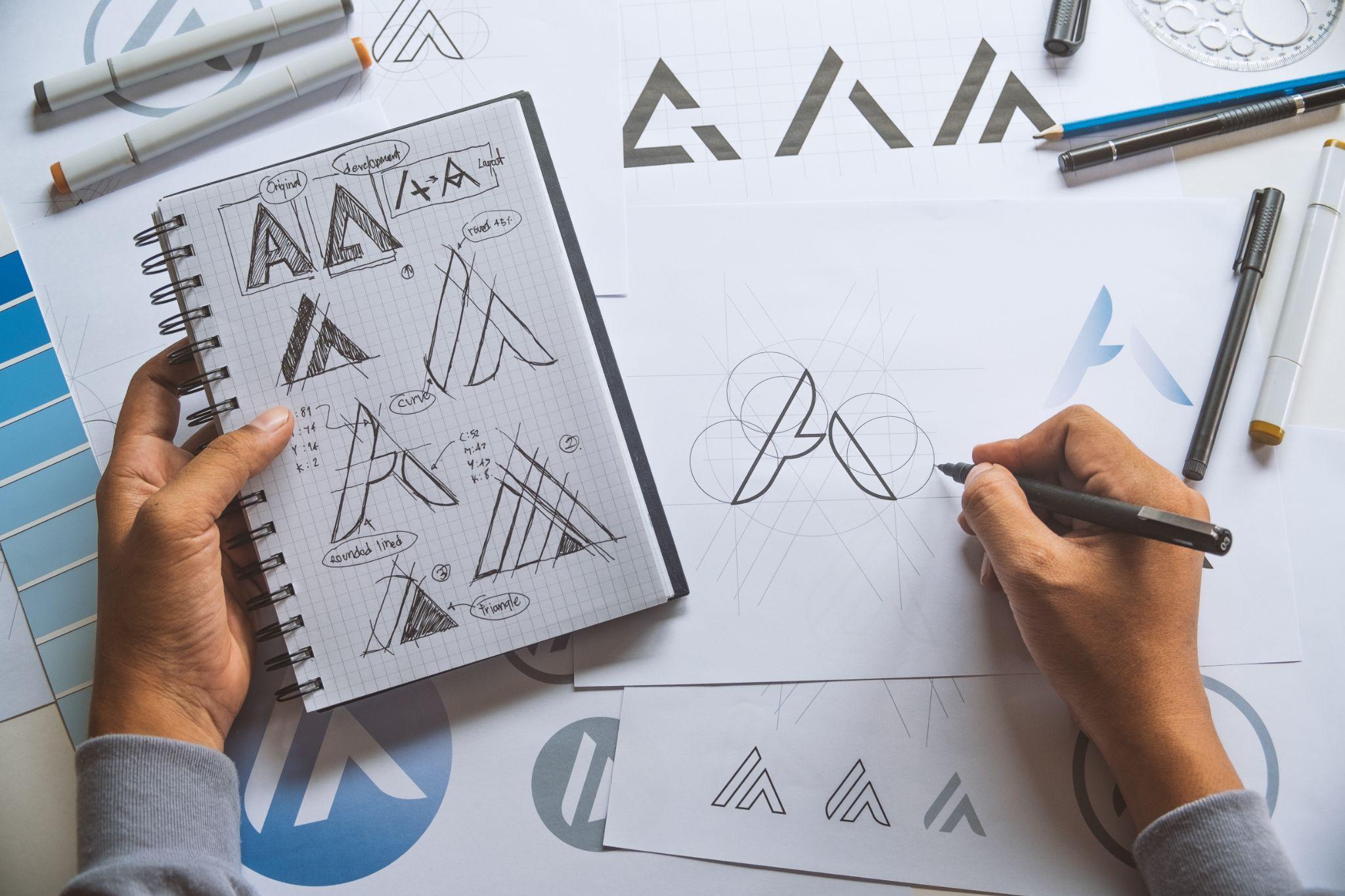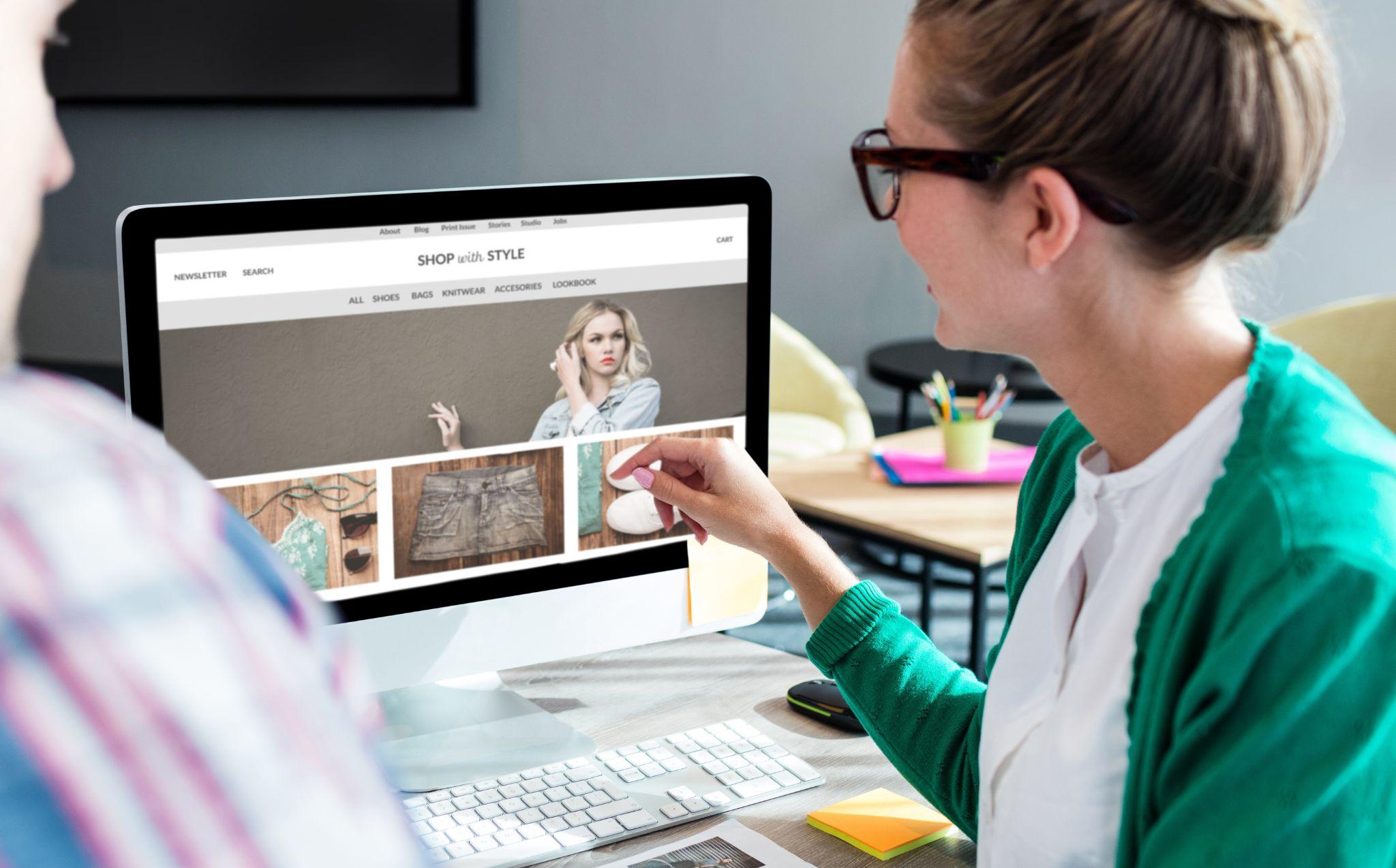
Why (and how) go into fashion today?
The fashion market is constantly evolving. Digitalization, responsible consumption, personalized customer experience… So many trends that make this sector both exciting and competitive. Do you dream of launching your own clothing boutique? Whether online or in person, this project requires rigor, the right strategy and the right tools.
MicroStore.app’s mission is to support fashion entrepreneurs by giving them access to a network of reliable suppliers and powerful digital tools. This guide is designed to help you structure your project and succeed every step of the way. More than just an article, it’s a structured action plan for turning an idea into a profitable business.

1. Find a concept idea that sets you apart
Before even thinking about inventory or an e-commerce site, it’s essential to have a clear vision. Your concept is the foundation of your business. Too many entrepreneurs launch without a strong identity, making them invisible in a saturated market. Laying the foundations of your positioning guarantees better differentiation and more impactful marketing.
Here are some ideas to help you define your concept:
- What style of clothing? Streetwear, casual, modest fashion, vintage, sportswear, plus-size…
- Which target? Active women, teenagers, style-conscious men, parents, veiled people, etc.
- What needs or values will you fulfill? Local manufacturing, low prices, made in Africa, oversized outfits, etc.
Creating a strong brand starts with a clear vision. Take the time to position yourself.
MicroStore tip:
Explore the trends and gaps in the market with inspiration from the supplier sheets on MyFashionWholesaler.com.

2. Make a concrete market study (without getting lost in figures)
Studying your market doesn’t mean producing a 100-page report. The aim is to better understand your future customers’ expectations and identify how you can stand out from the crowd. This prevents you from proposing an offer that interests no one, or ignoring an obvious opportunity.
Key questions to explore :
- Is there a demand for what I’m proposing?
- Who are my competitors?
- How can I differentiate myself?
Useful tools :
- Google Trends for tracking search dynamics
- TikTok and Instagram to track emerging trends
- Express surveys via your contacts or social networks
- Comparative analysis of suppliers via MyFashionWholesaler.com
A well-conducted market study will help you make better marketing, sales and even logistical decisions.
3. Choose your business model (and legal structure)

Your store’s business model influences everything: your margins, your inventory, your communication. It must be aligned with your current resources and your medium-term ambitions. Likewise, the choice of legal status determines your tax situation, charges and personal protection.
Possible business models :
- Create your own brand: manufacturing, branding, inventory, marketing from A to Z
- Buy and sell: faster to launch, with immediate margins if well negotiated
- Dropshipping: low initial costs, but little control over quality and delivery times
Current legal status :
- Micro-business (quick to set up and suitable for start-ups)
- SASU, SARL for more ambitious projects
Choosing the right business model and legal structure is like choosing the right vehicle for a long journey. The more closely your choice is aligned with your objectives, your resources and your way of working, the smoother your entrepreneurial adventure will be. Don’t skip this step: it conditions the rest of your project.
4. Find the right suppliers and create your catalog

The quality and reliability of your products depend directly on your suppliers. Many stores close down because they haven’t secured a solid supply chain. This is a step to be taken very seriously.
Recommendations for the right choice :
- Look for suppliers who meet deadlines and respond quickly.
- Always ask for samples
- Check reviews and reputation
- Work with 2-3 different suppliers to avoid dependence on a single one
Recommended tool: MyFashionWholesaler.com, the number 1 directory for finding serious fashion suppliers.
Then define your catalog, thinking about your brand identity: colors, sizes, cuts, consistency between pieces.
5. Create a strong brand identity

The brand is what allows your store to exist beyond its products. It creates emotion, attachment and loyalty. Good branding is an investment that reinforces all your marketing efforts.
Essential elements :
- A clear, evocative name
- A consistent graphic charter (colors, typography, logo)
- A visual universe (photos, atmospheres, shoots)
- Brand discourse (values, storytelling, tone of voice)
Take the time to build this image, as it will determine the impact of your social networks, your website and even your packages.
👉 Good news: MicroStore works with specialized branding partners who can help you create a professional brand identity (logo, graphic charter, storytelling, etc.).
If you’re interested, you can fill in our form to be put in touch with one of our trusted experts.
CTA: I want to be accompanied by a designer
6. Create your own online store (without coding)

Your e-commerce site is your main sales channel. It must be efficient, ergonomic and adapted to your audience. Too many designers underestimate the importance of user experience, and lose sales because of poorly designed sites.
Steps to follow :
- Choosing a professional domain name
- Create clear product sheets with attractive photos and detailed descriptions
- Set up secure payment (Stripe, PayPal, etc.)
- Add your terms and conditions, legal notice, return policy
Recommendation: NanoShop.app is the ideal solution for quickly setting up your own online store, even without any technical skills. The app offers a fluid interface, comprehensive management tools (stock, orders, customers) – and above all a huge advantage: you can manage everything directly from your phone. Perfect for dynamic, mobile entrepreneurs.
7. Organize your logistics

Delivery is a key moment in the customer experience. Poor shipping can damage your image, even if your product is excellent. Good logistics also optimize your costs and efficiency.
Questions to ask yourself :
- Where will you store your products? At home, in a box, or via a logistics provider?
- How will you manage shipments (frequency, carriers, lead times)?
- Have you planned your own packaging (tissue paper, stickers, thank-you cards, etc.)?
Set up a small process right from the start, so you can react quickly to the first orders.
8. Define a marketing strategy to make yourself known

An online store without visitors is a ghost site. Your marketing strategy needs to be thought through long before you launch. Creating a community around your brand is a powerful lever, especially in fashion, where emotion and image play a central role.
Channels to activate :
- Instagram & TikTok: show your worn products, behind-the-scenes, before/after shots
- Email marketing: launch a newsletter with benefits for the first subscribers
- Collabs & influence: work with micro-influencers for greater authenticity
- Targeted advertising: use Meta Ads or Google Ads to boost your sales
MicroStore tip:
Rely on our community for advice, feedback and even visibility sharing between stores.
9. Managing day-to-day business

Day-to-day organization is often underestimated. Yet it’s what enables you to grow sustainably. Between inventory management, accounting, after-sales service and marketing, you need to establish an efficient routine.
Best practices :
- Use a dashboard to track sales, expenses and margins
- Automate recurring tasks (order confirmation, parcel tracking, etc.)
- Regularly monitor customer feedback to adjust your offer
Tip: NanoShop lets you centralize your management tasks in a single, intuitive interface.
10. Train and surround yourself to progress

Being a fashion entrepreneur also means knowing how to learn continuously. Trends change, tools evolve and so do consumers. Surrounding yourself with regular training helps you stay one step ahead.
Recommended resources :
- Online training in e-commerce, product photography, digital advertising
- Self-help groups for entrepreneurs
- Freelance experts to delegate what you don’t master (graphic design, SEO copywriting, advertising…)
Don’t remain isolated: successful entrepreneurs are often those who know how to surround themselves with the right people.
Conclusion: Launch your online store with MicroStore, a strategic choice
Getting into fashion means building a world, a brand, a customer experience. It’s a journey that takes hard work, but the tools are there to make it smoother.
At MicroStore.app, we’re committed to simplifying the lives of fashion entrepreneurs, by providing them with a complete ecosystem: suppliers, sales tools, training and visibility.
Launch your clothing boutique with confidence, surrounded by the right resources. Join MicroStore, and turn your idea into a profitable, sustainable brand.



